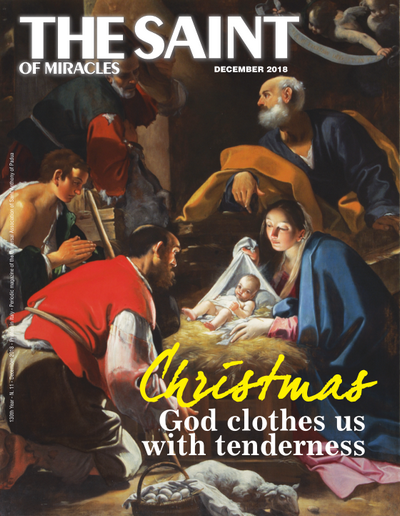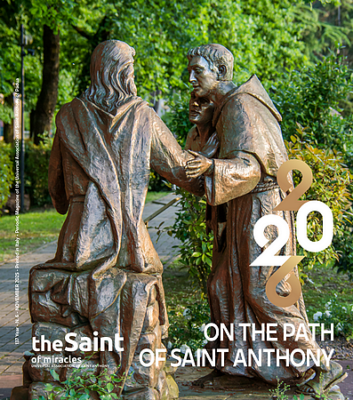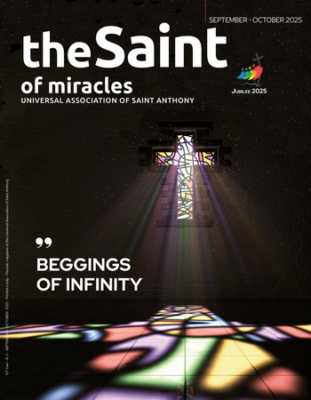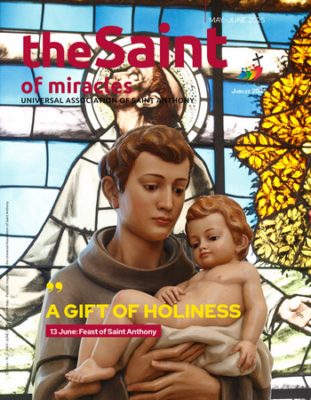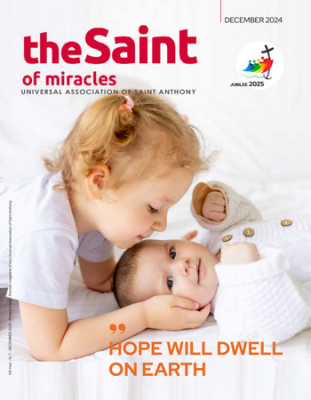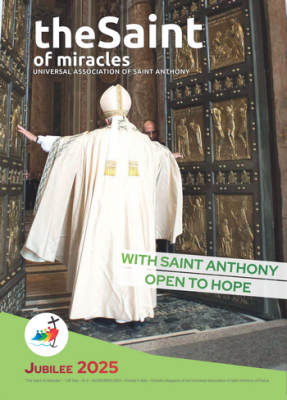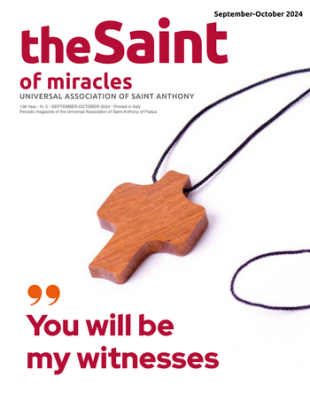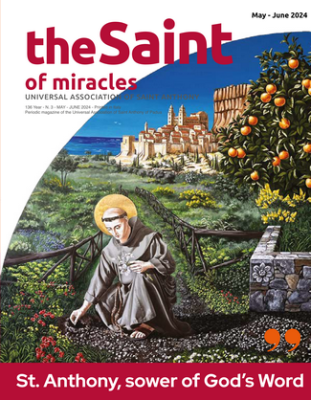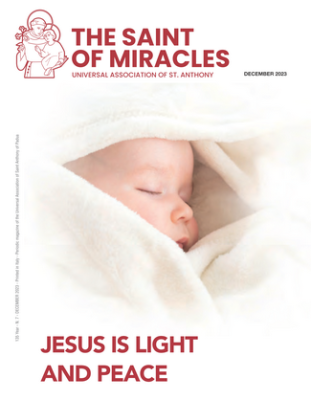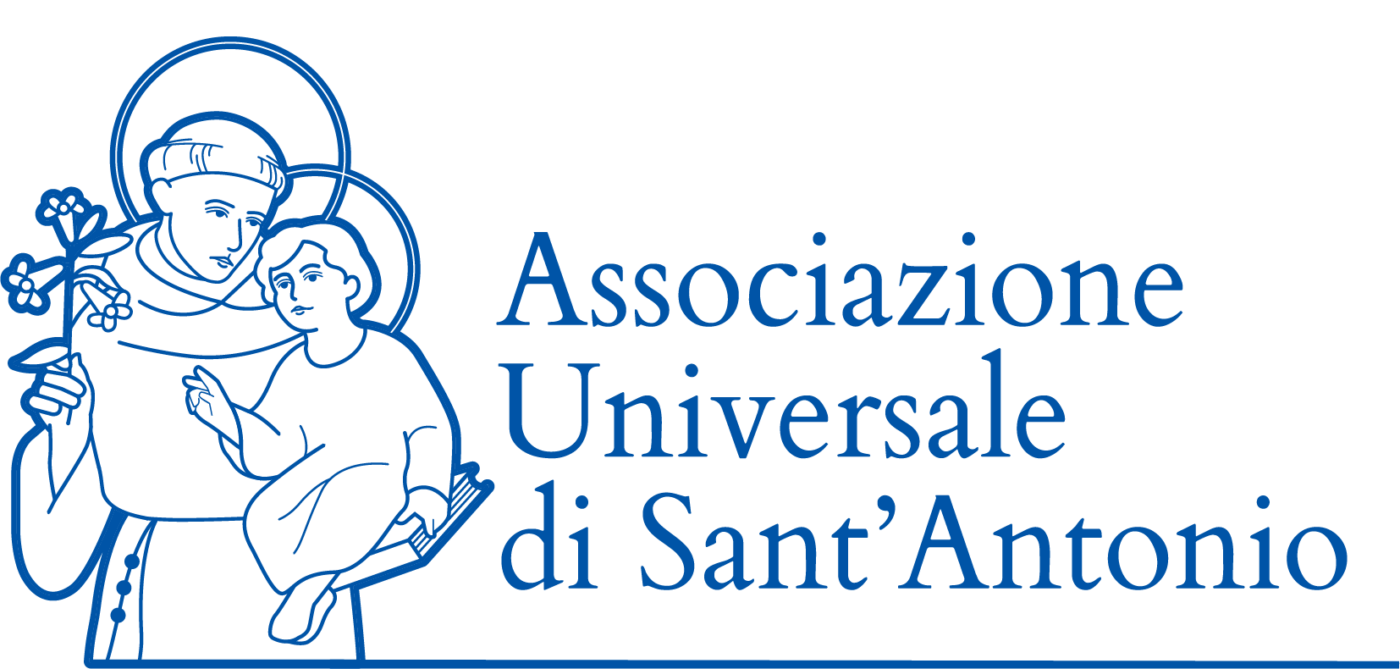Year 130 - December 2018Find out more
The tenderness of God
Fr. Livio Tonello, director
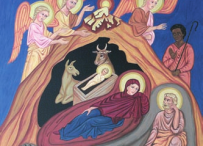
Who hasn’t been moved by the cradle of their own son, their nephew, a newborn child? An image of a deep tenderness aroused by a life that opens up to the world. It is the same tenderness with which God loves the world and which once again is revealed in the memory of the birth of his Only Begotten. It is the divine tenderness that takes on the face of its creatures, lowering itself to their level without diminishing itself.
And this only out of love.
I don’t want to indulge in the easy, soft, Christmas-like things that are so common. Let us not be enchanted by the “magical atmosphere” of a certain Christmas. Beyond the glitter of the feast, what is revealed is God’s care for humanity. A concern present from the beginning, when he «made leather garments, with which he clothed them» (Gen 3:21), to protect the frailty of the bodies of the progenitors as they left Eden. A concern that we find in the birth of Jesus, through the presence of Mary who «wrapped him in swaddling clothes and laid him in a manger» (Lk 2:7).
Thinking back to the human condition, everything is exposed before the Creator: «No creature is concealed from him, but everything is naked and exposed to the eyes of him to whom we must render an account» (Heb 4:13), and for this every one of us needs to be protected. The birth of Jesus is the greatest sign of the Father’s concern for his children. In order not to leave them at the mercy of the ancient evil that weighed on the shoulders of humanity and filled them with fear in the face of a divinity thought distant and avenging, he devised a tender and defenseless sign as a newborn can be. A sign that arouses tenderness, amazement, joy. Nothing more human, true, immediate and at the same time a sign of God’s continuous protection: «You will find an infant wrapped in swaddling clothes and lying in a manger» (Lk 2:12).
But what do we see in this sign? These swaddling clothes contain the foreboding of what would have happened; they are also the premonitory sign of a destiny of pain that would have been fulfilled no later than thirty years. Joseph of Arimathea and Nicodemus «took the body of Jesus and bound it with burial cloths along with the spices» (Jn 19:40). The swaddling clothes of a child in the manger like the perfumed bandages of a body in the tomb. Splendid symbolism effectively updated in Byzantine icons, an evident imprint of God’s care for the Son. In death there is no contradiction or abandonment with respect to birth. God the Father has wrapped the Son of his love from beginning to end as a mother covers her creature with attention. Even at the moment of a premature farewell.
Christmas helps us to relive the Father’s concern, care, maternal and paternal tenderness. Puer natus est nobis, et filius datus est nobis, «A child is born to us, a son is given us» (Is 9:5). Cantate Domino canticum novum: quia mirabilia fecit, «Sing to the Lord a new song, for he has done marvelous things» (Ps 98). Blessed are we if we can feel the warmth and caress of God’s wonders. That same consolation that our great saint Anthony must have experienced in Camposampiero, guest of Count Tiso, amazed at the light that illuminated the darkness of his humble little room: in his arms he was able to welcome the child Jesus. That same loving warmth with which we should be able to wrap, through the cloths of care and compassion, those who are helpless and suffering, children and adults. It is the way of welcoming Jesus; it is the way of living the Christmas season because the signs of God’s tenderness also become ours.
Best wishes for a Merry Christmas!


 Italiano
Italiano Français
Français